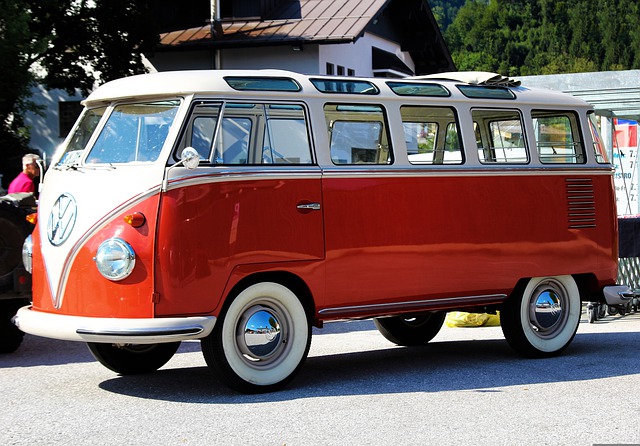
In Europe, the speed limit applies to most roads, unless otherwise stated. Road signs often prescribe lower or higher speeds. In Germany, cars and motorcycles are generally limited to 50 km/h (31 mph) on towns and rural roads, with some smaller roads in urban areas being set at 30 km/h (18 mph).

In Poland, the national speed limit on motorways is 140 km/h, while the speed limit on main roads is 90 to 120 km/h. Local signs also regulate the speed limit in built-up areas. Drivers and passengers are required to wear seat belts, and the blood alcohol limit is 0.02%.
In Poland, it is illegal to turn right at a red light. Similarly, when the arrow indicates a green light, drivers must stop completely. They must also yield to pedestrians and cross traffic. Drivers rarely obey this rule. In addition, there are separate red-yellow-green signals for right-turning traffic.
In Slovakia, the speed limit is 80 mph on motorways, which is slightly higher than the speed limit on freeways in other European countries. However, police are not likely to pull over drivers who exceed this limit. In fact, police are often willing to let speeders go up to ninety mph, which is close to the legal limit.
In addition to speed limits, speed cameras also exist. They are installed in major intersections to monitor speed. Drivers should avoid violating these limits in order to stay safe. They should always be alert to their surroundings and never cross into their mirrors. In addition, speed traps are increasingly common in built-up areas.
Some European countries have adopted ZTLs to reduce pollution and noise, and have started experimenting with a system similar to the congestion charge that was famously criticized in New York and London. Milan is a famous example. The ZTL limits are usually temporary or conditional and apply to cars that live and work in the city.





